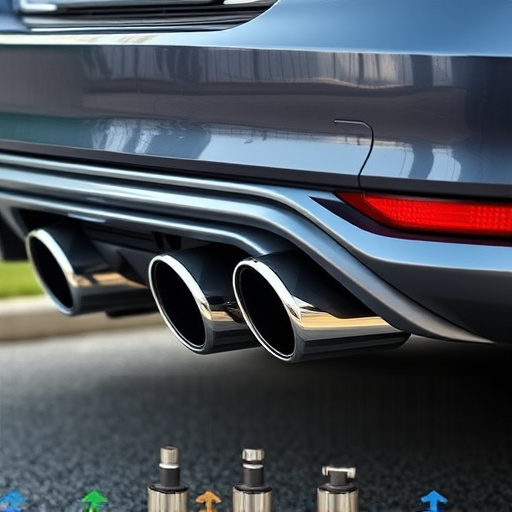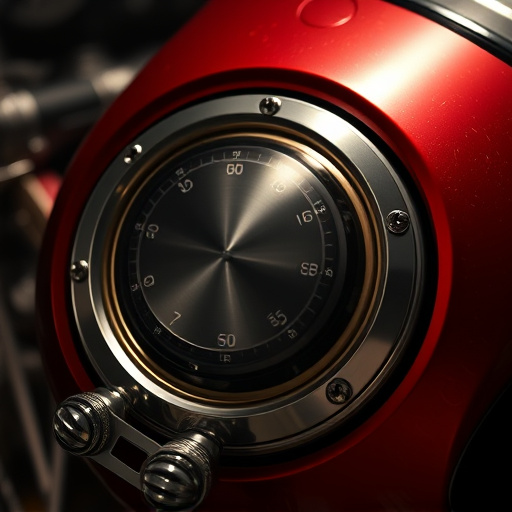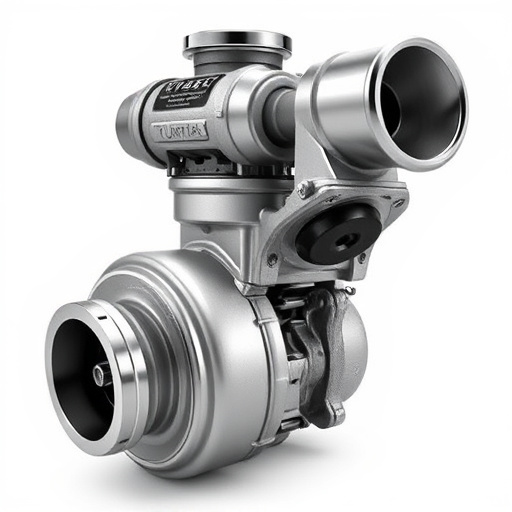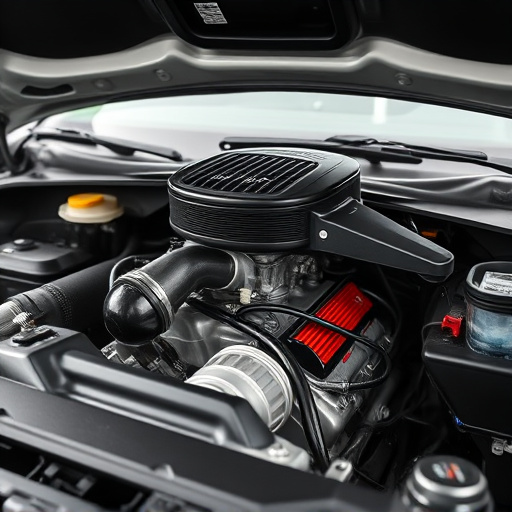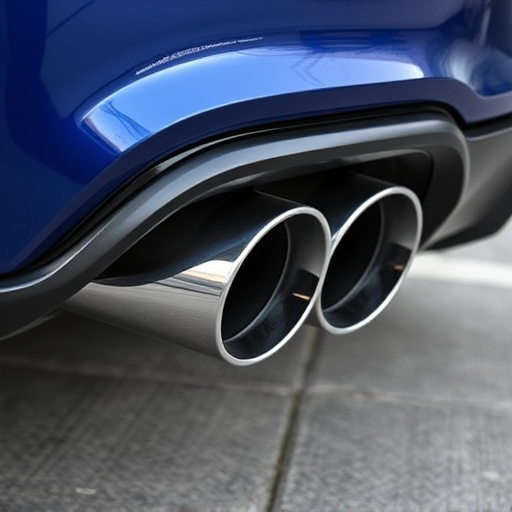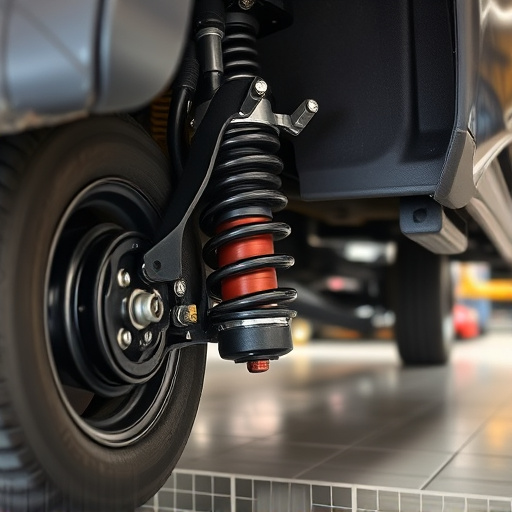Blow off valves (BOVs) are crucial components that optimize vehicle performance by regulating pressure release in intake manifolds, preventing turbocharger/supercharger overheating, and enhancing engine efficiency. They improve fuel economy by ensuring the air intake system operates at peak efficiency, drawing in cooler air for better engine output, especially beneficial for forced induction systems. Installation requires basic automotive tools like sockets, ratchets, screwdrivers, a pressure gauge, high-quality gaskets, and proper safety precautions such as parking on a level surface. Following a step-by-step guide, you can enhance throttle response, enjoy improved exhaust performance, and take advantage of BOV's benefits for optimal vehicle performance.
“Unleash your vehicle’s performance potential with a step-by-step guide to installing blow off valves. Blow off valves, or BOVs, are essential components for car enthusiasts seeking enhanced engine efficiency and thrilling driving experiences. This article demystifies the process, offering a comprehensive overview of gathering the right tools and parts, understanding their crucial role, and following a detailed installation procedure. By the end, you’ll be equipped to transform your ride with these game-changing blow off valves.”
- Understanding Blow Off Valves: Their Role and Benefits
- Gathering the Necessary Tools and Parts for Installation
- Step-by-Step Guide to Installing Blow Off Valves on Your Vehicle
Understanding Blow Off Valves: Their Role and Benefits
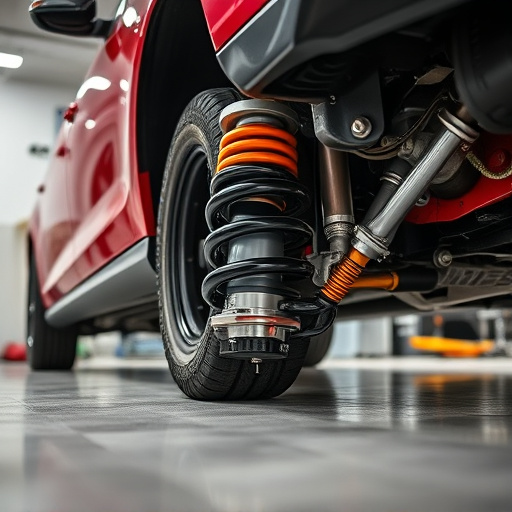
Blow off valves play a crucial role in enhancing vehicle performance, particularly when coupled with cold air intakes. These components are integral to the functionality of high-performance air intake systems, allowing for efficient and optimal gas exchange within an engine. By facilitating the release of compressed air from the intake manifold during certain operating conditions, blow off valves prevent turbocharger or supercharger overheating, which can lead to serious damage.
This simple yet effective mechanism not only improves vehicle performance but also contributes to better fuel efficiency. By venting excess pressure, blow off valves ensure that the air intake system operates at peak efficiency, drawing in cooler air and enhancing overall engine output. This is especially beneficial for vehicles equipped with forced induction systems, where managing airflow becomes a critical factor in achieving optimal engine performance.
Gathering the Necessary Tools and Parts for Installation

Before beginning the installation process, it’s crucial to gather all the necessary tools and parts specific to blow off valves. This includes the actual valve, which can be purchased from automotive stores or online retailers, along with gaskets, bolts, and a wrench suitable for your vehicle’s make and model. Additionally, you might need exhaust tips, especially if replacing an old system, as well as various intake components to ensure a seamless fit.
A comprehensive toolkit should include basic automotive tools like sockets, ratchets, and screwdrivers. It’s also beneficial to have a pressure gauge (for testing the valve’s functionality) and a set of high-quality gaskets to guarantee a secure seal. Having these items readily available will streamline the installation process, allowing you to focus on properly fitting the blow off valve for optimal vehicle performance.
Step-by-Step Guide to Installing Blow Off Valves on Your Vehicle
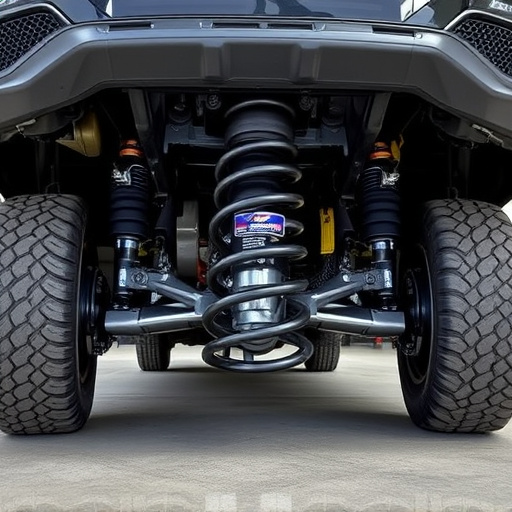
Installing blow off valves (BOVs) on your vehicle can enhance engine performance and improve throttle response, especially for those into high-performance parts and a roaring exhaust note. This step-by-step guide will walk you through the process, ensuring a safe and effective installation. First, gather all necessary tools: a jack, jack stands, a new BOV kit (including the valve, mounting hardware, and gaskets), and basic hand tools like wrenches and screwdrivers. Park your vehicle on a level surface, engage the parking brake, and ensure it’s secure before beginning.
Start by locating your intake manifold. This is typically done by removing the air filter housing and identifying the large plastic or metal component connected to the engine. Next, isolate the turbocharger from the intake using the appropriate clamps or braids. Detach any vacuum lines connected to the turbo charger, being mindful of other brake components that might be in the way. Remove the old BOV (if present) by unscrewing and detaching all connections, including the vent hose. Clean the mounting surface thoroughly before installing the new BOV according to the kit instructions. Secure it firmly with the provided hardware, ensuring a tight seal around the gaskets. Reattach the vacuum lines and ensure everything is properly connected and secured. Once complete, lower your vehicle, test the system for leaks, and enjoy your improved performance exhaust!
Installing a blow off valve (BOV) is a direct way to enhance engine performance and protect against damage caused by turbo or supercharger systems. By following these steps, you can ensure a straightforward installation process that leverages the benefits of BOVs, including improved turbine efficiency, reduced back pressure, and increased engine protection. Remember, proper tools and parts are key to achieving optimal results. With our step-by-step guide, you’re well-equipped to take on this project and unlock your vehicle’s full potential with blow off valves.








